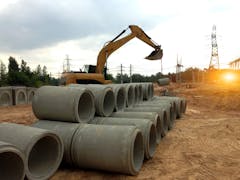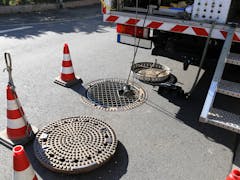Drains R Us
About
Drains R Us is a trusted plumbing and drainage specialist servicing both residential and commercial clients. We specialise in clearing blocked drains, removing tree root intrusions, and maintaining sewer lines to prevent costly damage. Our team utilises advanced technology, including high-pressure jetting and CCTV inspection equipment, to diagnose and resolve drainage issues efficiently. We have extensive experience tackling grease build-up, structural faults, and root penetration in a variety of pipe materials. Our commitment to quality ensures that every project is completed safely, promptly, and with minimal disruption. We provide preventative solutions, including root treatment and regular maintenance, to keep drains flowing freely. By combining expertise, innovative methods, and responsive service, we deliver reliable drainage solutions across the region.
Services
- Blocked drain clearing
- Tree root removal and preventative treatment
- High-pressure drain jetting
- CCTV sewer inspections
- Grease trap maintenance
- Pipe location and repair
Interested in Drains R Us?
Is this your business?
Verify your listing to gain access to leads, update your profile and add more services and machines.
Verify NowMachines & Services
Services (5)
Locations
- 69 Daisy Road, Manly West QLD 4179, Australia










